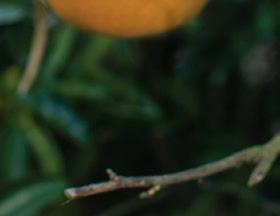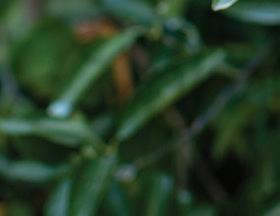
1 minute read
CITRUS Celebrating
There may be nothing that says Florida quite like a fresh, sweet, juicy orange. The fruit is synonymous with our state. You see it on the state license plate. Orange blossom is recognized as the state flower, orange juice is the state drink and orange is the state fruit. Citrus has been both a valued contributor to the state’s economy and a point of pride to Floridians.
The fruit has a long and juicy history, beginning in the early 1500s when Spanish explorers, likely Ponce de Leon, planted orange trees near St. Augustine.
Advertisement
“But it really wasn’t until the 1820s that the industry started to expand to commercial plantings,” says Matt Joyner, executive vice president of Florida Citrus Mutual, a trade organization of citrus growers. “Fresh fruit packing houses began to be built in the 1910s, but as growers began to experience more freezes, the industry moved further to the south of the state. Then, with the invention of frozen concentrate orange juice, the industry started to explode.”
That explosion was a boon to Florida’s economy.
“In its heyday, the industry was responsible for upwards of $9 billion in economic activity,” Joyner says. “While weather, pests and disease have created many challenges for growers, the citrus industry continues to be a powerful economic engine for the state, accounting for about $6.7 billion in economic impact.”


The industry provides environmental benefits as well.
“The 400,000 acres of citrus groves create an extensive habitat for 159 species of native wildlife and keep that land out of development,” Joyner says. “The groves also enhance the air we breathe since mature trees produce 16 tons of oxygen per acre.”
Today’s growers are resilient, Joyner says, and proud of the economic and environmental impact of their work. They address the challenges head-on through breeding research, new growing systems, unique variety production and innovation.
Cathy Lockman

